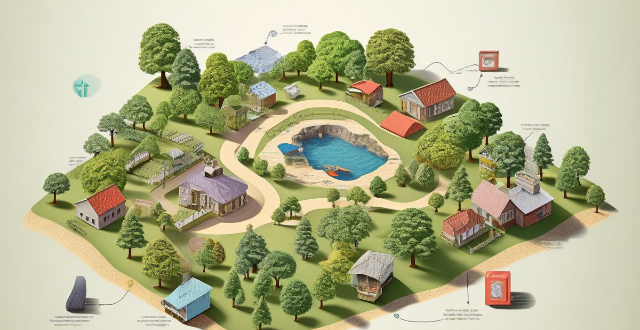This article discusses strategies from environmental psychology that can be used to encourage pro-environmental behavior in communities. The strategies include setting clear goals and feedback mechanisms, fostering a sense of community and collective responsibility, increasing awareness and information, enhancing personal and community benefits, making eco-friendly options easy and convenient, and utilizing role models and local champions. By employing these strategies, communities can promote sustainable practices and make significant strides towards a sustainable future.

Encouraging Pro-Environmental Behavior in Communities: Strategies from Environmental Psychology
Introduction
Promoting pro-environmental behavior within communities is crucial for the sustainability of our planet. Environmental psychology offers several strategies that can be employed to encourage individuals and groups to adopt more eco-friendly practices. This article will explore these strategies and provide actionable steps for community leaders and members alike.
1. Setting Clear Goals and Feedback Mechanisms
Goal Setting
Clearly defining environmental goals is essential for guiding behavior. These goals should be:
- Specific: Targeted actions rather than vague aspirations.
- Measurable: Allowing progress to be tracked and evaluated.
- Achievable: Realistic and attainable to avoid discouragement.
- Relevant: Aligned with community values and needs.
- Time-bound: Set within a specific timeframe for accountability.
Feedback Mechanisms
Providing feedback on performance relative to these goals can significantly enhance motivation. This can be done through:
- Regular Updates: Community newsletters or meetings to share progress.
- Visual Tools: Dashboards or charts showing real-time data.
- Recognition Programs: Celebrating milestones and achievements.
2. Fostering a Sense of Community and Collective Responsibility
Social Norms
Highlighting prevailing eco-friendly norms within the community can create a positive feedback loop where pro-environmental behavior becomes expected and normalized.
Collective Action
Encouraging group activities such as clean-up days or tree planting events strengthens the collective identity around environmental stewardship.
3. Increasing Awareness and Information
Educational Campaigns
Running educational campaigns about environmental issues and solutions can increase knowledge and prompt action. These campaigns should be:
- Culturally Relevant: Tailored to resonate with the community's culture and context.
- Interactive: Workshops, quizzes, or challenges to engage participants actively.
Transparency
Providing clear information about the impact of environmentally friendly choices can empower community members to make informed decisions.
4. Enhancing Personal and Community Benefits
Immediate Rewards
Highlighting immediate benefits such as cost savings or health improvements can motivate quicker adoption of green habits.
Community Pride
Showcasing how environmental initiatives enhance the community's image and pride can rally broader support.
5. Making Eco-friendly Options Easy and Convenient
Infrastructure Support
Improving infrastructure to support sustainable practices, like providing recycling bins or bike lanes, removes barriers to participation.
Accessibility
Ensuring that eco-friendly products or services are easily available and competitively priced encourages their use.
6. Utilizing Role Models and Local Champions
Visible Leadership
Community leaders and influential figures adopting eco-friendly practices set an example for others to follow.
Local Heroes
Recognizing and celebrating local individuals or groups who contribute significantly to environmental causes inspires others.
Conclusion
By employing strategies from environmental psychology, communities can effectively promote pro-environmental behavior. These include setting clear goals, fostering a sense of collective responsibility, increasing awareness through education, emphasizing personal and community benefits, making eco-friendly options convenient, and leveraging the influence of role models. Through concerted effort and strategic implementation, significant strides towards a sustainable future can be made.